National overview
Continuing on yesterday’s theme, migration was widespread throughout the US as several fronts pushed eastward across the Midwest and Eastern Seaboard. Many birds were seen coming across the Gulf of Mexico and from the Caribbean, and migration was evident along both coasts throughout the morning hours. Migration was still heaviest in the southern part of the country which bodes well with the seasonal phenology of available resources… also suggesting that the Upper Midwest will have to wait a little longer for a big influx of Neotropical Migrants!
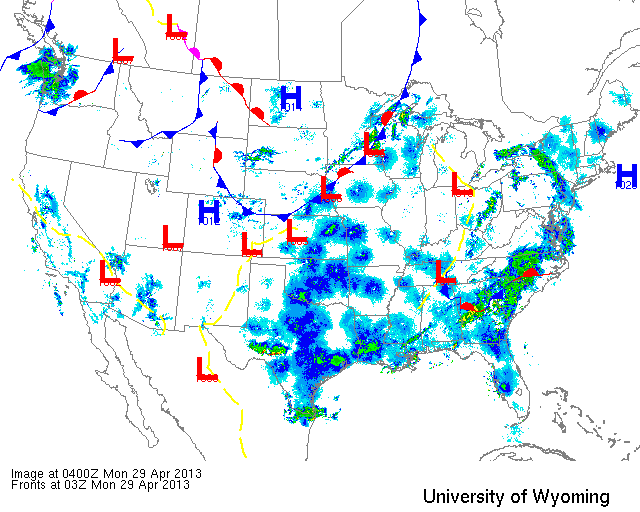
Below are the radar loops from sunset last night through 5:00am (central time) this morning
Upper Midwest
Minnesota
Frames are every 1/2 hour. click on the thumbnail to view the full-sized animation.
By sunset last night the latest cold front had begun to sweep across the Twin Cities and Duluth. Birds did still take to the air after sunset but densities were noticeably lower than previous nights. Looking at the radial velocity images it appears as if some reverse migration did happen, especially over Duluth. Birders in the region should be on the lookout for elevated densities of typical early spring migrants such as Yellow-rumped Warblers and Ruby-crowned Kinglets this morning.
Wisconsin
Frames are every 1/2 hour. click on the thumbnail to view the full-sized animation.
Migration over Wisconsin never materialized as I expected last night. Radar returns suggest a lighter migration overall (dBZ values in the 10-15 range) and bird never seemed to be driven to the NE by upper level winds, instead they appeared to stay at lower altitude and take advantage of more southerly (and lighter) surface winds. You can tell this because the reflectivity images show a tight circle around the radar, rather than being very spread out across the radar’s view (the latter would tell you that birds were distributed at higher altitudes, since the radar beam samples increasingly higher altitudes at increasing distance from the radar center). Fallout potential exists for the landscape north of La Crosse where strong thunderstorms appear to have put down birds during the early morning hours. Some concentrations along Lake Michigan between Milwaukee and the Door Peninsula are also expected.
Iowa & Illinois
Frames are every 1/2 hour. click on the thumbnail to view the full-sized animation.
Migration over Iowa continued to be moderate to heavy, with and obvious exodus over the Mississippi River suggesting birds were really using this riparian habitat in the previous days of stopover. Migration over Chicago was light last night and those birds which were moving were doing so on a general S->N trajectory and not concentrating along the lakeshore. Expect some new birds into the area, but they’ll be well dispersed across the landscape.
As always, woodcreeper.com depends on you to report your sightings and be our ‘eyes on the ground’, so please come back and give us an idea of how we’re doing predicting birding conditions in your neck of the woods.
Good Birding,
David
For migration updates in other regions check-
Michigan’s Upper Peninsula -Â The Northwoods BIRDARÂ by Max Henschell
New England -Â Tom Auer’s blog
Florida/SE - Badbirdz Reloaded by Angel and Mariel Abreu
PA/Ohio Valley - Nemesis Bird by Drew Weber
NW Ohio - Birding the Crane Creek by Kenn Kaufman
Pac NW - Birds Over Portland by Greg Haworth
Continental US - eBird BirdCast Forecast & Report by Team eBird

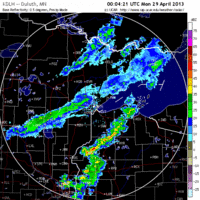
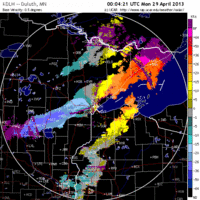
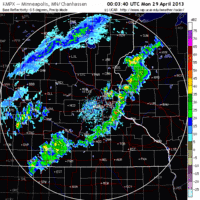
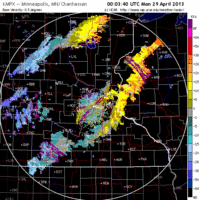
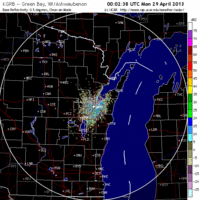
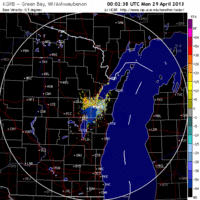
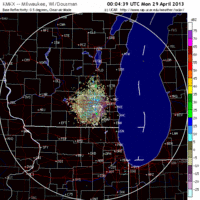
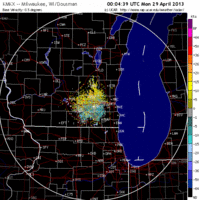
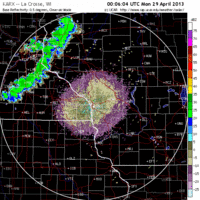
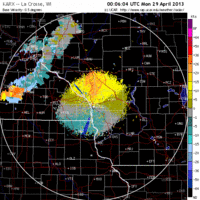
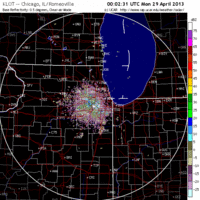
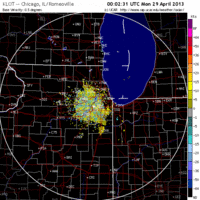
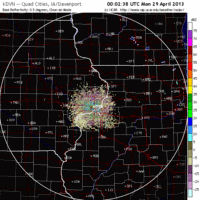
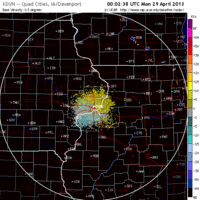
One response to “More broad front migration across the US”
While walking at Cuba Marsh, Lake Zurich, IL my husband and I observed a male and a female Eastern Bluebird. The female would go in and out of the bird box. The male was feeding the female. Tree swallows were also interested in the bird box. If the tree swallows came too close to the bird box the Bluebirds would drive them off.
At Oakridge Marsh in Lake Zurich, IL we observed Yellow Rumped Warblers, a warbling vireo and a Cooper’s Hawk on a nest.